The Dalai Lama has been described by Chinese government officials as a “wolf in monk’s robes,” and a “dangerous splittist” intent on cleaving the Chinese nation. On March 13, the Chinese Communist Party–linked Global Times kept up the decades-long attack on the exiled Tibetan spiritual leader, denouncing him as a “double betrayer” who “keeps spouting nonsense” while devising “a sly trap.”
That supposed trap extends into the hereafter. Tibetan Buddhists believe the current Dalai Lama is the 14th reincarnation of a holy monk who lived in the 14th century. Now 79, and surely aware that his hopes for an autonomous Tibet are improbable, the Dalai Lama has raised several possibilities of what might happen after he dies. Perhaps he will choose his successor during his lifetime, contrary to the usual tradition of identifying the new Dalai Lama only after the death of the old one. Maybe his soul will transfer to a person outside of Tibet. Or perhaps, he has said most recently, the line of Dalai Lamas will end with him, if that is the wish of the Tibetan people.
No way, says the officially atheist Chinese Communist Party. Earlier this week, on the sidelines of China’s annual parliamentary session, Zhu Weiqun, head of an influential ethnic-and-religious-affairs committee, insisted that it was the Chinese government responsibility to designate the Dalai Lama’s successor. “The 14th Dalai Lama hasn’t shown a serious or respectful attitude on this issue,” Zhu said. “He sometimes says he will reincarnate as a foreigner in a place where he visits, sometimes to a woman. When someone gives him a bottle of honey, he would happily say he is going to become a bee in the next life.”
See the Dalai Lama's Life in Pictures
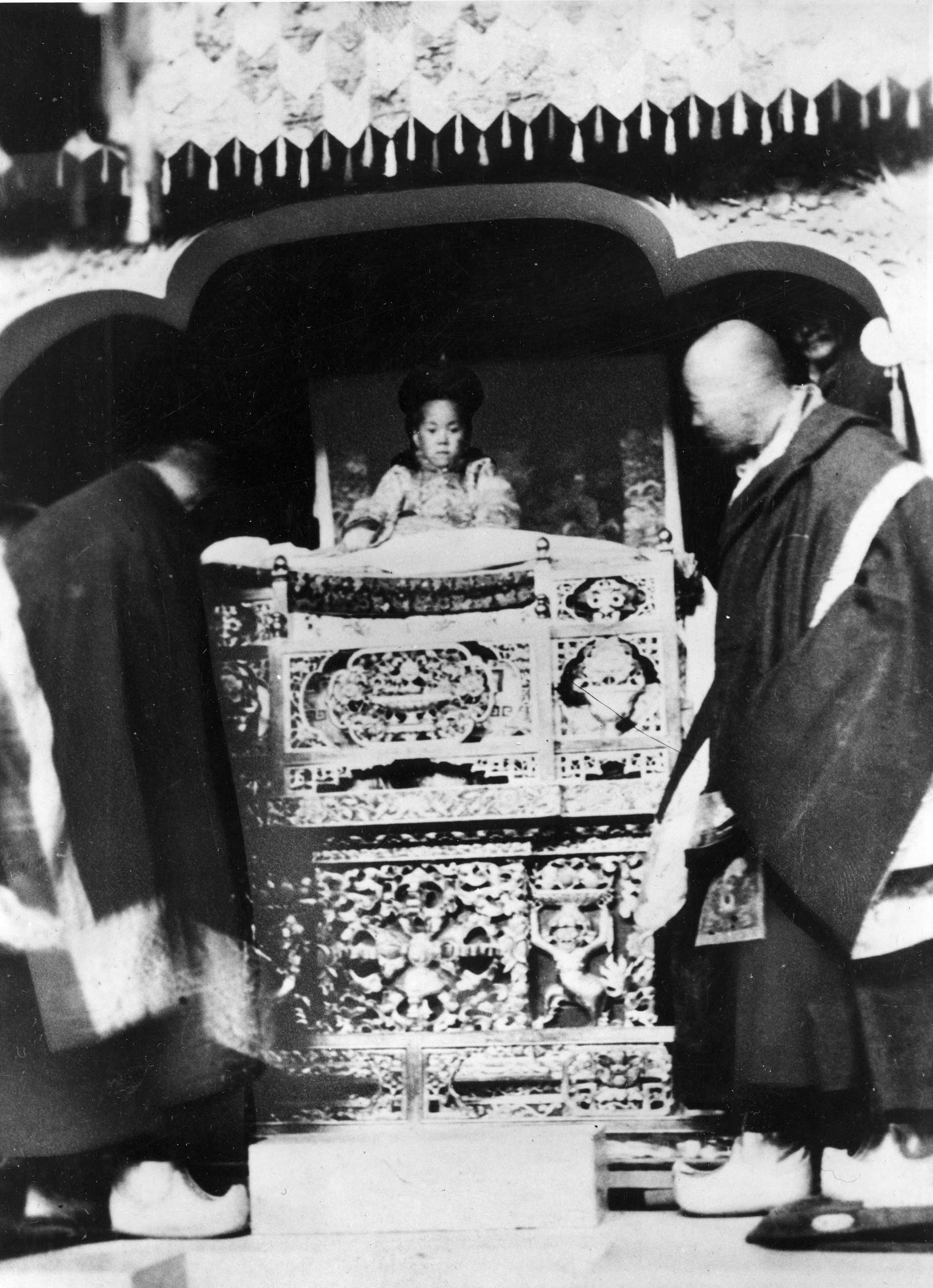
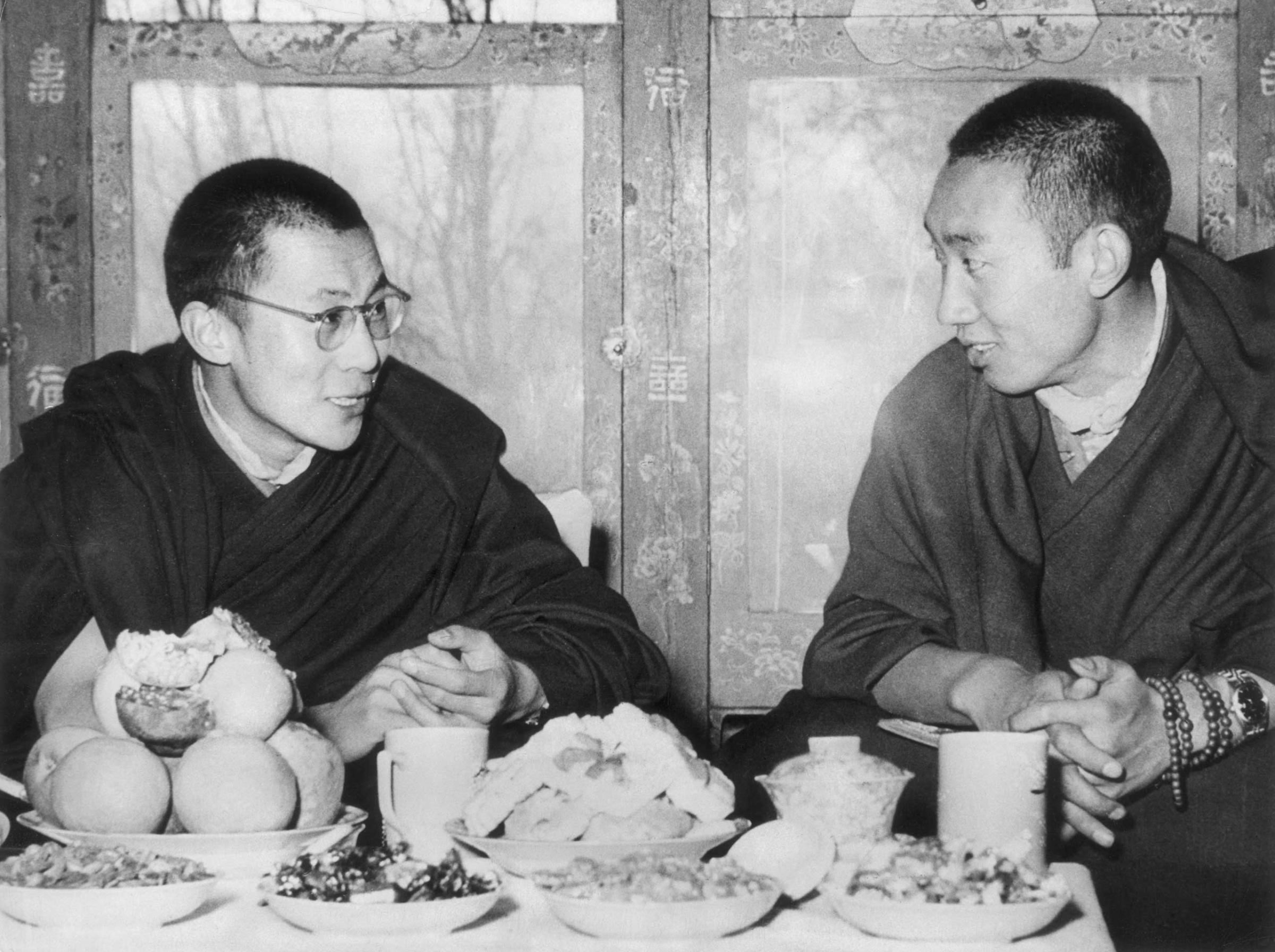
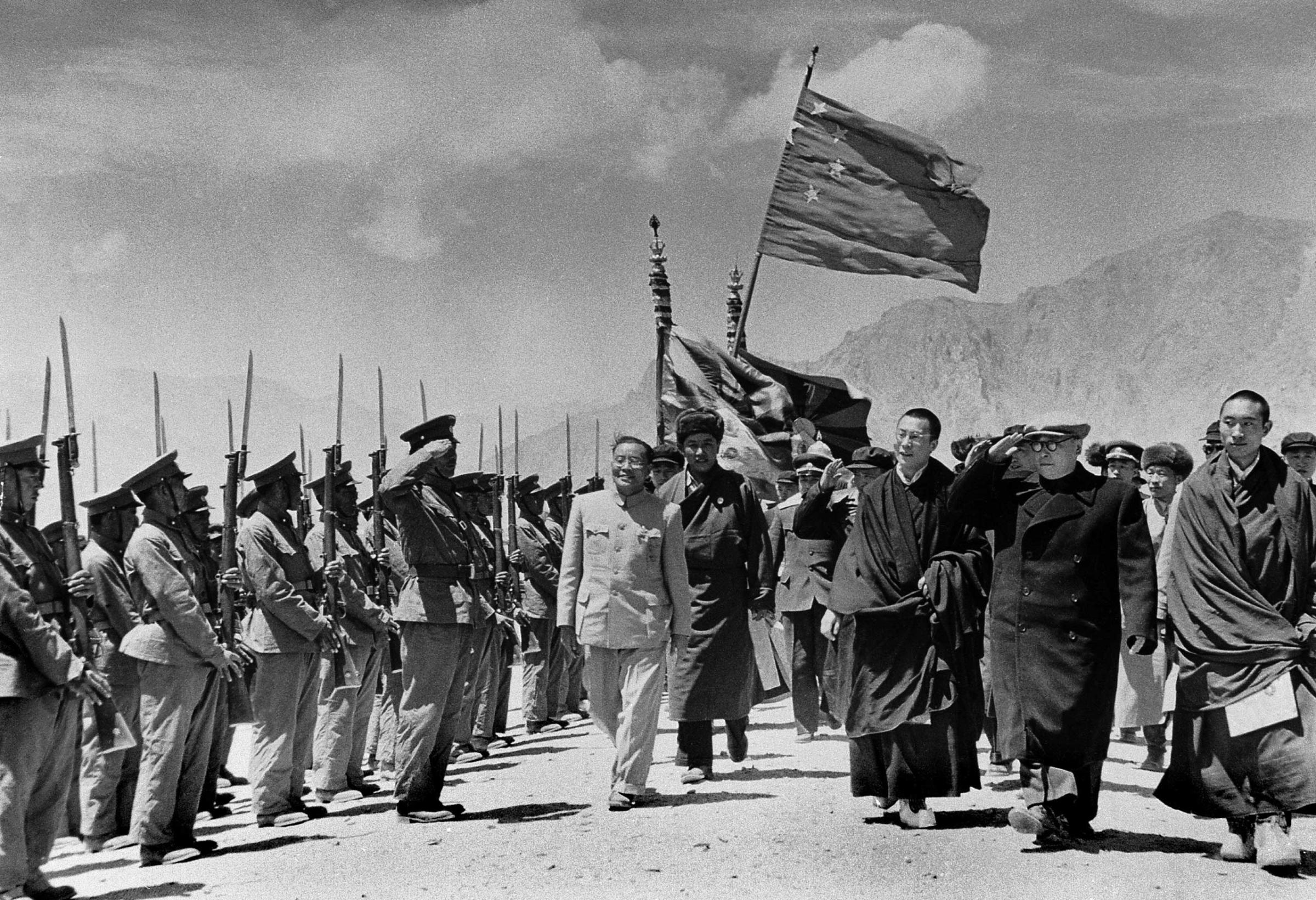
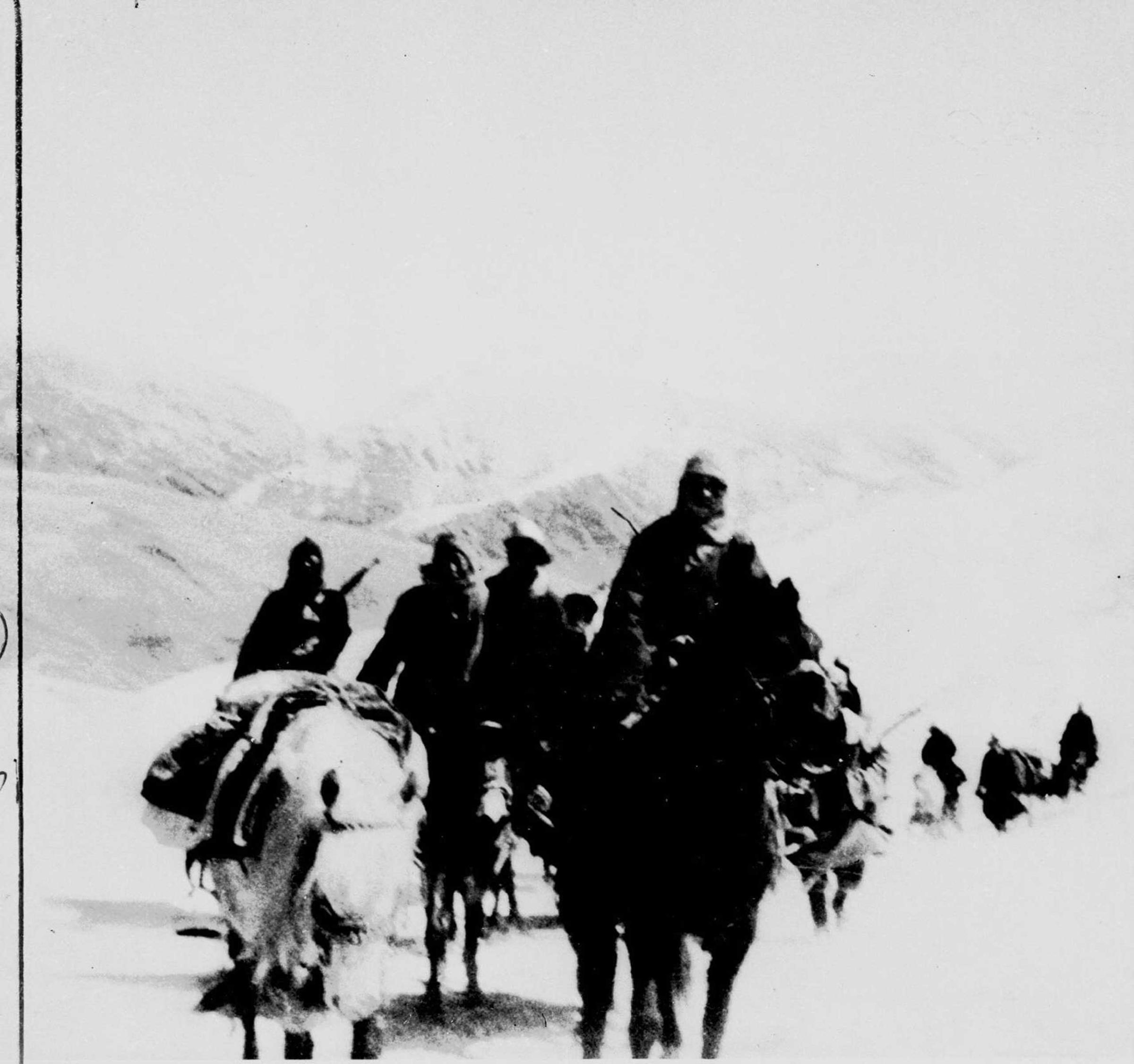

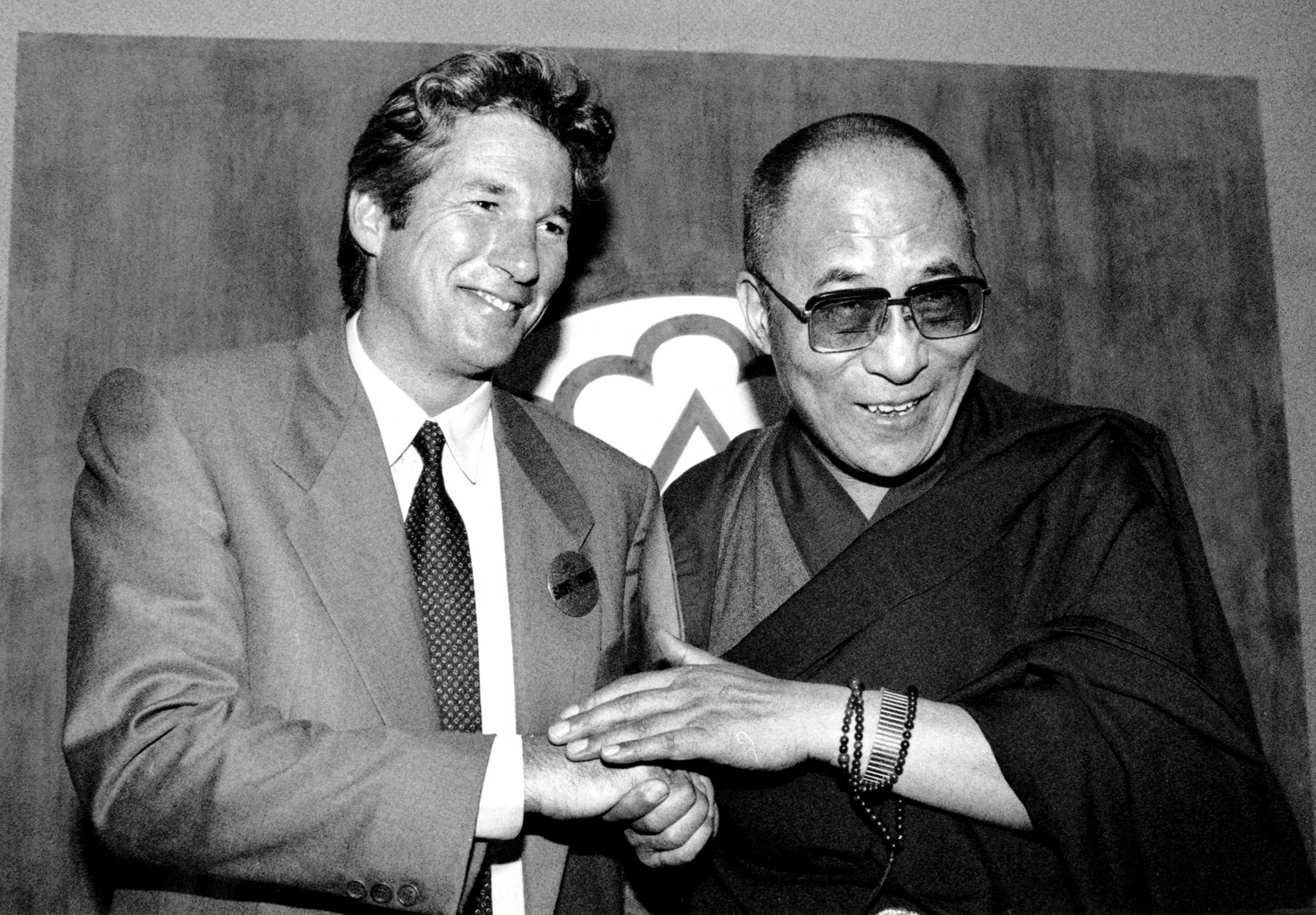
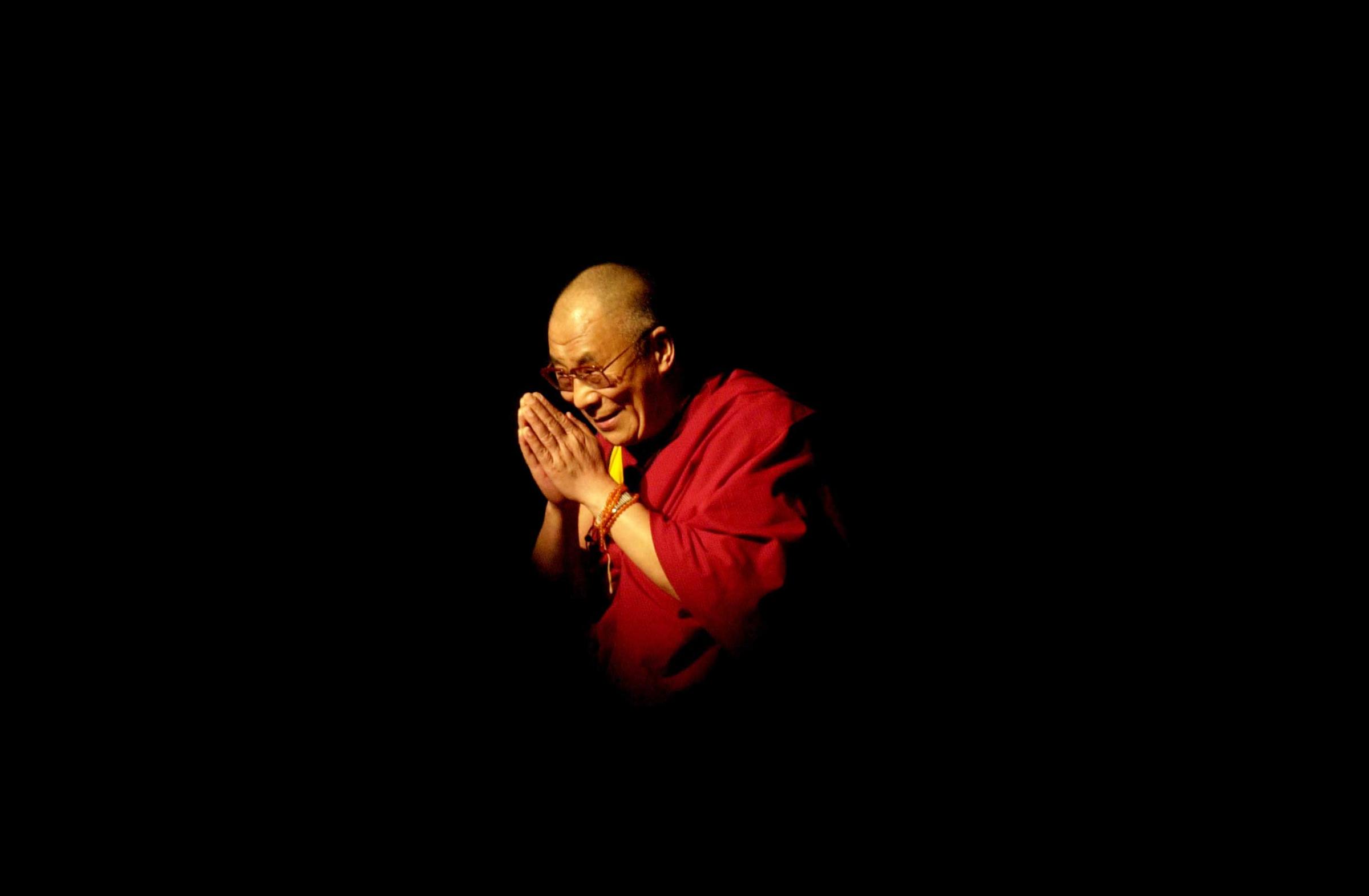
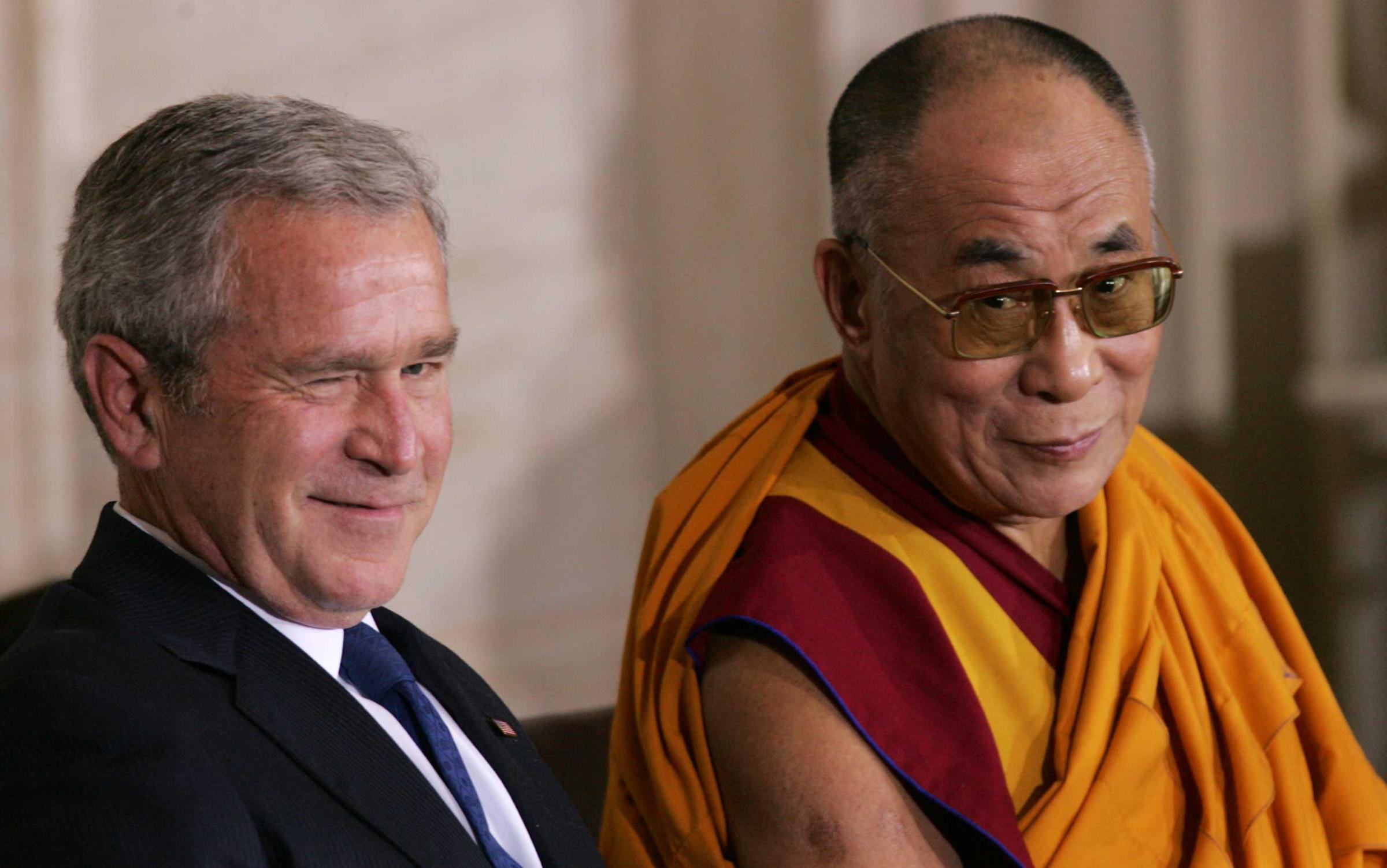
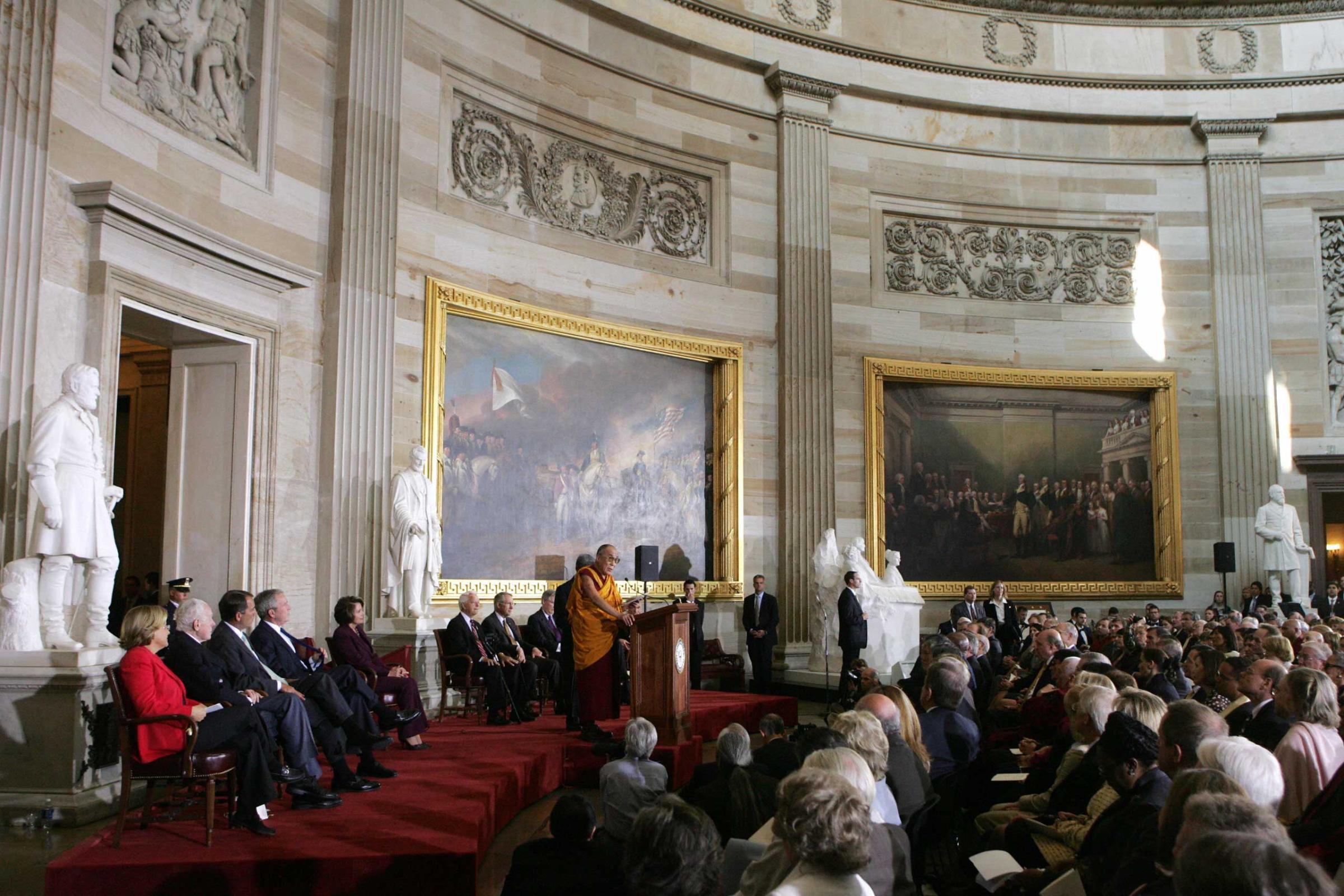


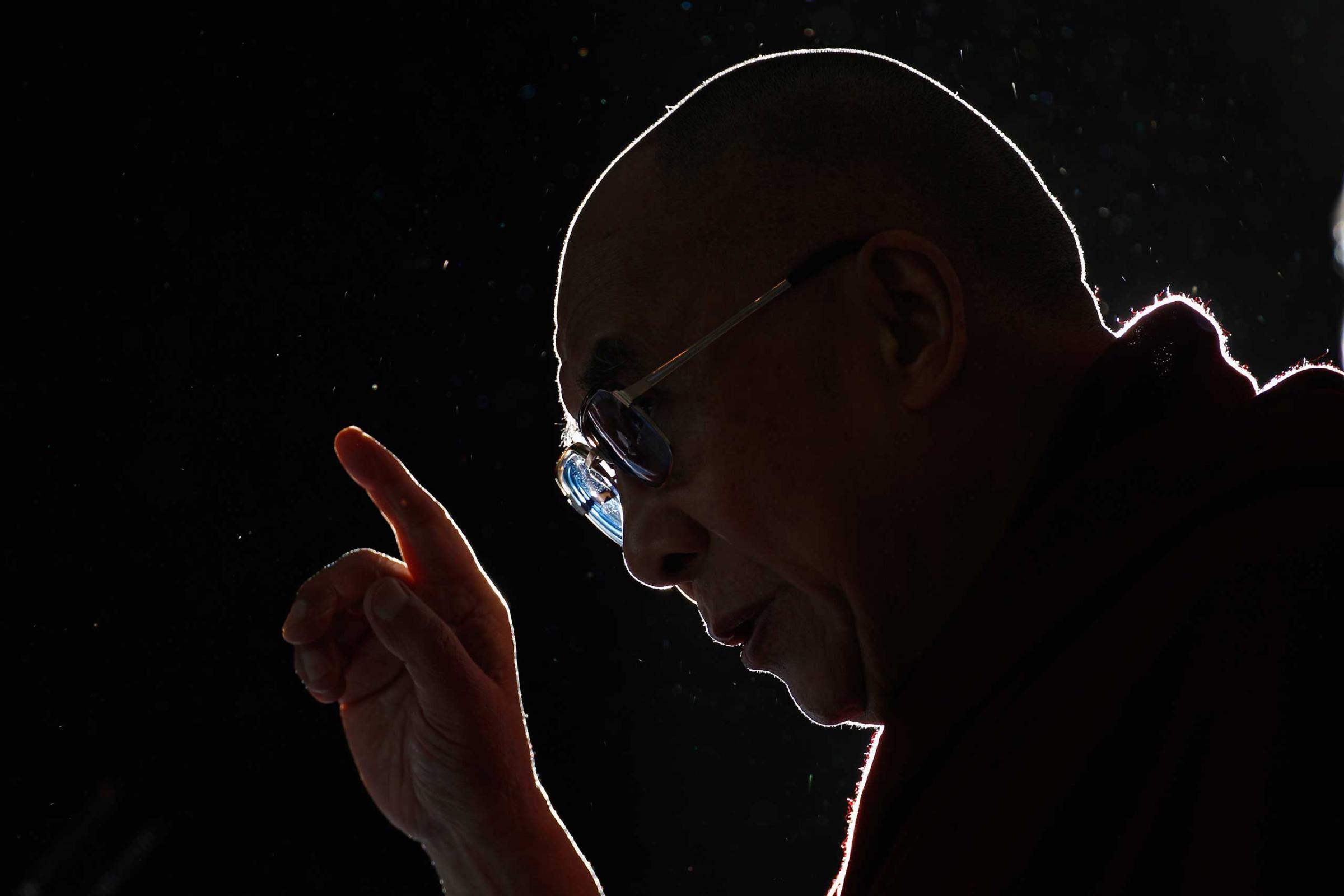
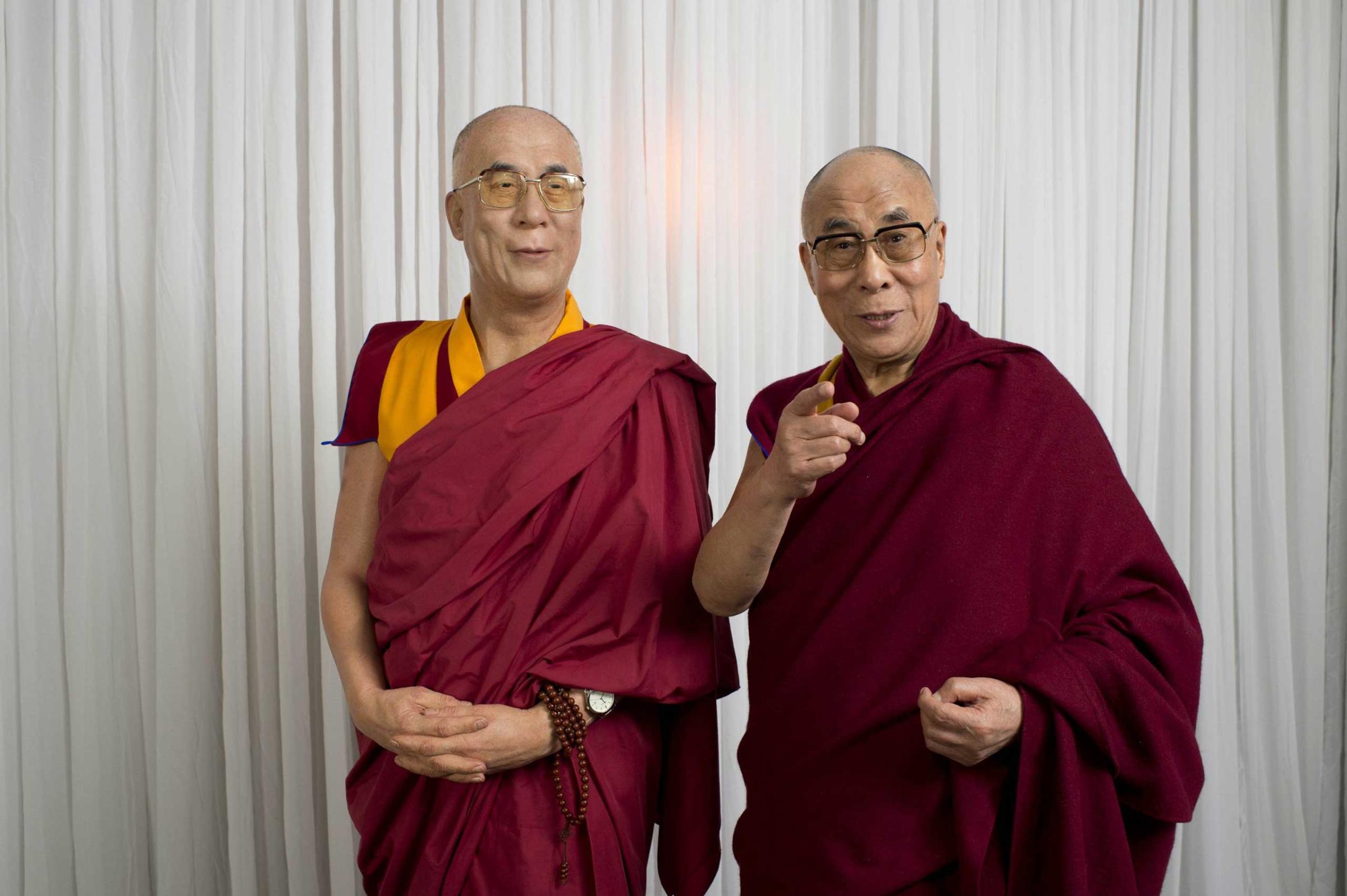
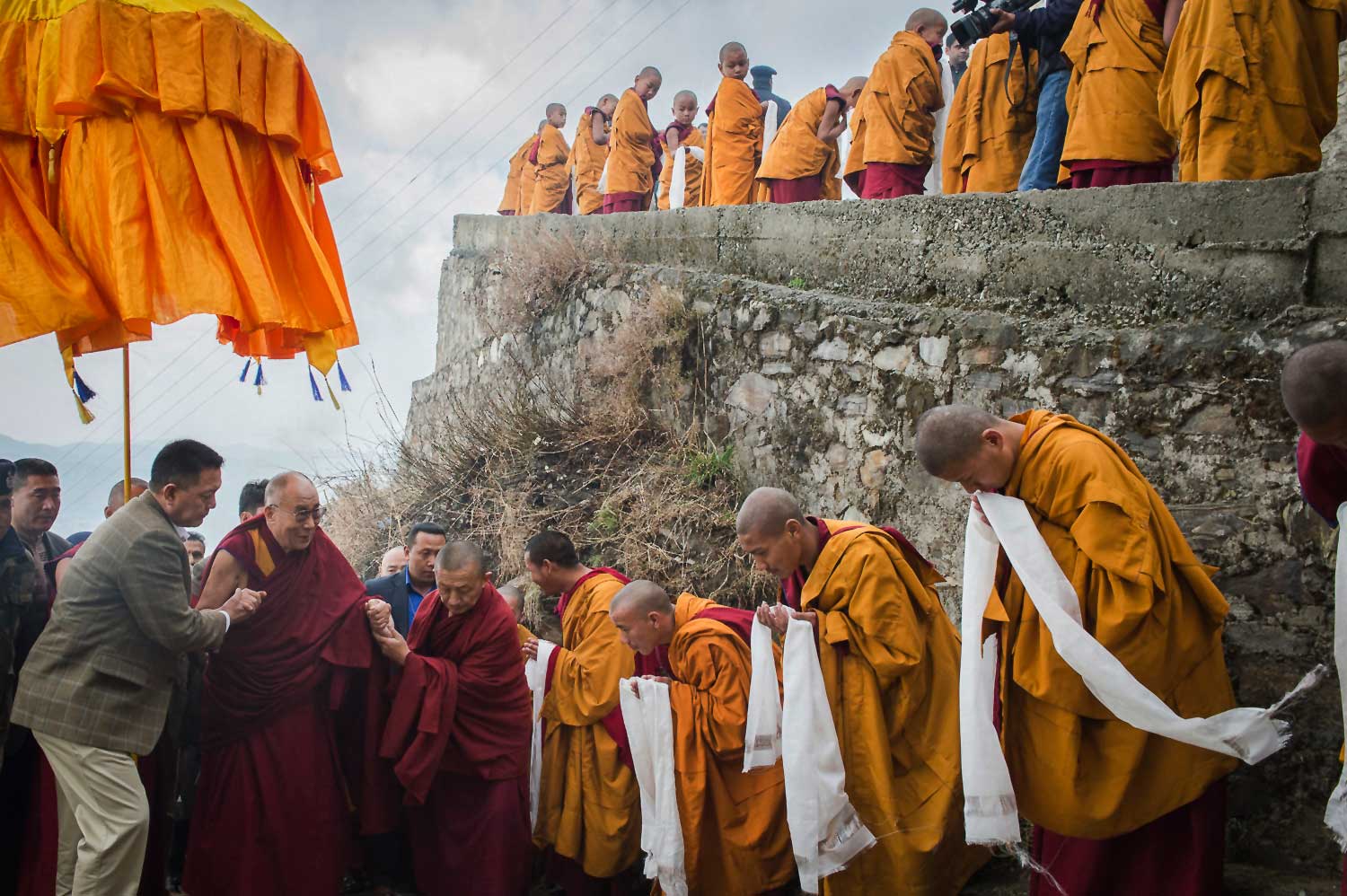
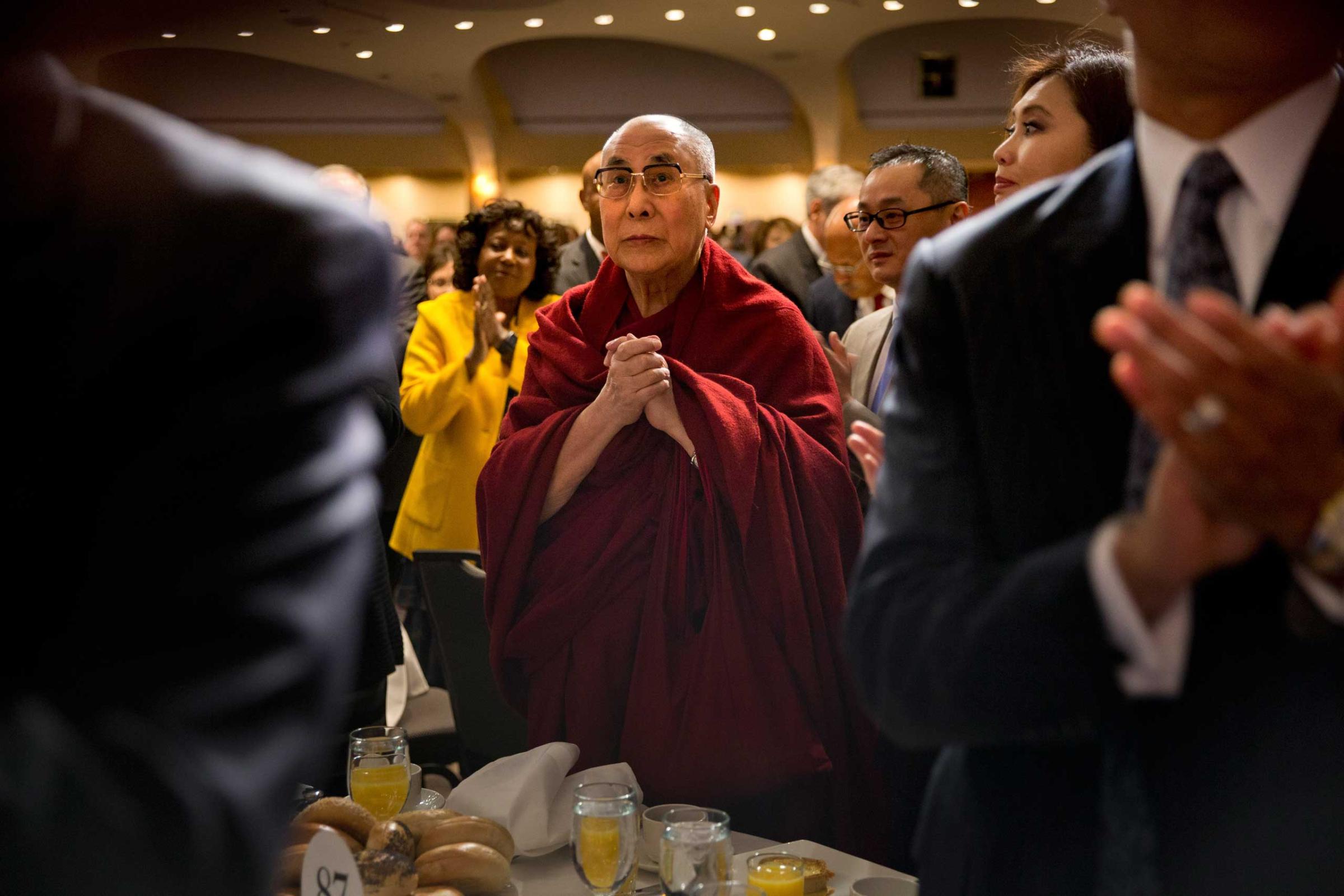
The Communist Party’s spiritual prerogative has stoked controversy before. In 1995, the Dalai Lama named a 6-year-old boy living in Tibet as the reincarnation of the Panchen Lama, widely considered the second-holiest monk in Tibetan Buddhism. The Chinese government then picked its own child. For 19 years, the Dalai Lama’s choice has not been seen in public, and his whereabouts are unknown.
Despite having fled over the Himalayas to exile in 1959, the Dalai Lama remains popular in his homeland. The Chinese government boasts about Tibet’s economic development, with growth reaching nearly 11% last year. But over the past four years, as government restrictions on Tibetan faith and culture have intensified, more than 130 Tibetans have immolated themselves to protest Chinese rule over the high plateau. In many cases, they have used their final words to express devotion to the Dalai Lama.
Members of the Tibetan exile community have also disparaged the ruling Communist Party’s insistence on dictating the Dalai Lama’s afterlife, which Chinese officials say reflect rules from the Qing Dynasty. “It’s like Fidel Castro saying, ‘I will select the next Pope and all the Catholics should follow,’” Lobsang Sangay, the Tibetan Prime Minister in exile, told Reuters earlier this week. “That is ridiculous.”
March is a sensitive month on the Tibetan plateau. The anniversary of a quelled uprising 56 years ago that led to the Dalai Lama’s exile falls on March 10. In mid-March 2008, Tibetan protesters fatally clashed with members of China’s Han ethnic majority and the Hui ethnic minority. Chinese authorities cracked down, leading to more deaths. In 2012, police fired on Tibetan protesters, killing two, according to exile organizations. This March 10, Tibetan exile groups claim an unarmed youth was shot after he ignored a police order to stop his motorbike while on his way to commemorate the 1959 revolt against Chinese rule. Four days earlier, a Tibetan woman from a nomadic family immolated herself on the eastern fringes of the Tibetan highlands.
More Must-Reads from TIME
- Donald Trump Is TIME's 2024 Person of the Year
- Why We Chose Trump as Person of the Year
- Is Intermittent Fasting Good or Bad for You?
- The 100 Must-Read Books of 2024
- The 20 Best Christmas TV Episodes
- Column: If Optimism Feels Ridiculous Now, Try Hope
- The Future of Climate Action Is Trade Policy
- Merle Bombardieri Is Helping People Make the Baby Decision
Contact us at letters@time.com